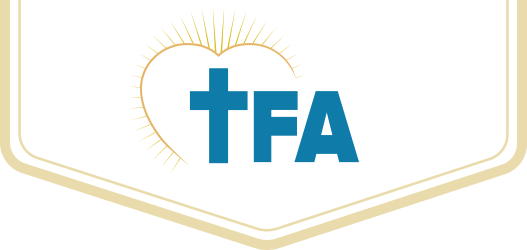The school’s goals should be simple: that each student master a limited number of essential skills and areas of knowledge.
The Foundation Academy
3675 San Pablo Rd S, Jacksonville, FL 32224, United States of America
904 493 7300
outreach@foundationacademy.com
The Foundation Academy, Inc. Non- Discrimination Statement:
The Foundation Academy, Inc. does not and shall not discriminate on the basis of race, color, religion (creed), gender, age, national origin (ancestry), disability, marital status, sexual orientation, or military status, in any of its activities or operations. These activities include, but are not limited to, hiring and firing of staff, selection of volunteers and vendors, and provision of services. We are committed to providing an inclusive and welcoming environment for all members of our staff, volunteers, subcontractors, vendors, and clients.














